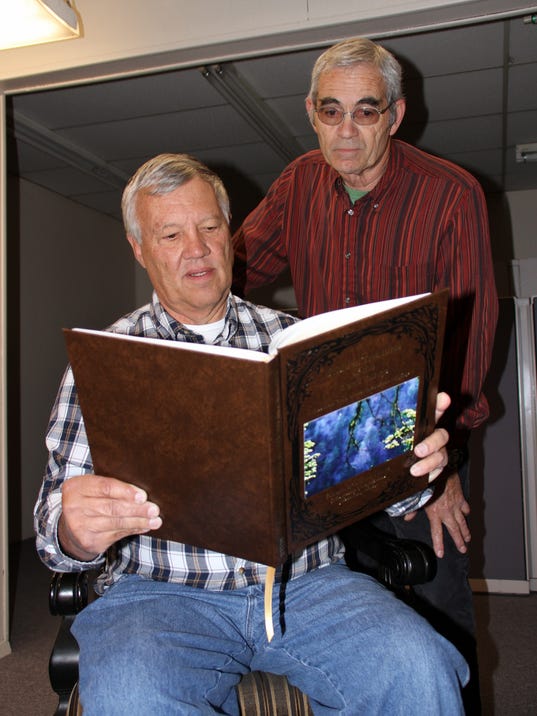How could such a tragedy occur in one of the most resource-rich regions of Peru? A shocking discovery of thirteen bodies tied up and left in a gold mine has sent shockwaves through the nation. This incident, which unfolded in the Pataz province, highlights the spiraling violence associated with illegal mining operations that have long plagued the region. The victims, all security guards employed by La Poderosa, were abducted from their posts over a week ago.
The grim reality emerged when authorities located the remains of these individuals near the site where they had disappeared. Located approximately 560 miles (900 kilometers) north of Lima, this remote area has become a hotspot for criminal activity fueled by the lucrative allure of gold. Local reports suggest that criminal gangs operating within the informal mining sector orchestrated the abduction. These groups often resort to extreme measures to assert control over valuable resources and territories. The situation reflects an alarming trend of increasing hostility linked to unregulated mining practices across Peru.
| Bio Data & Personal Information | Details |
|---|---|
| Victims' Profession | Security Guards at La Poderosa Gold Mine |
| Location of Incident | Pataz Province, La Libertad Region, Peru |
| Date of Abduction | Approximately One Week Before Discovery |
| Cause of Death | Violent Crime Linked to Illegal Mining Gangs |
| Reference for More Information | Peruvian Embassy Official Website |
Local law enforcement agencies are under immense pressure to address the escalating violence tied to illegal mining activities. Authorities have attributed the recent surge in crime to powerful syndicates controlling vast swathes of territory rich in precious metals. These organizations operate outside legal frameworks, exploiting both laborers and natural resources with impunity. Despite government efforts to curb illicit mining operations, enforcement remains inconsistent due to logistical challenges posed by rugged terrain and limited personnel.
Peru's struggle against illegal mining extends beyond mere criminality; it also encompasses environmental degradation caused by mercury contamination during extraction processes. This dual threat not only jeopardizes human lives but also devastates ecosystems crucial for biodiversity preservation. Environmentalists warn that unless stricter regulations coupled with effective implementation mechanisms are introduced soon, irreversible damage may occur.
In response to growing public outcry following the tragic deaths of the security personnel, officials announced plans to intensify patrols around key mining sites while simultaneously launching investigations into those responsible for organizing such heinous acts. However, critics argue that more comprehensive strategies addressing root causes—such as poverty alleviation programs targeting vulnerable communities dependent on informal mining—are essential components missing from current approaches.
Communities living near affected areas express fear about potential reprisals should they report suspicious activities involving unauthorized miners or gang members. Such concerns underscore broader issues related to trust between citizens and state institutions tasked with ensuring safety and justice. Building stronger relationships based on transparency and accountability will be critical moving forward if meaningful progress is to be achieved.
Internationally, stakeholders including governments, non-governmental organizations, and private sector partners must collaborate closely to tackle transnational dimensions of illegal mining networks operating across borders. Sharing intelligence, harmonizing legislation, and promoting ethical sourcing practices represent some ways through which collective action can contribute towards reducing instances of violence associated with extractive industries worldwide.
As investigations continue into what led to the brutal slaying of thirteen innocent workers, questions linger regarding how best to protect other employees working in similar high-risk environments throughout Peru. Industry leaders emphasize the need for enhanced security protocols alongside technological innovations designed to deter would-be attackers. Meanwhile, families mourning lost loved ones seek answers amid promises of swift justice delivery—a daunting task given complexities inherent in navigating labyrinthine underworld structures.
This harrowing event serves as yet another stark reminder of the dangers faced daily by countless individuals involved directly or indirectly in global supply chains reliant upon responsibly sourced raw materials. It calls attention to urgent necessity for systemic reforms capable of safeguarding human rights while fostering sustainable development compatible with ecological imperatives.
Law enforcement officers stress the importance of community cooperation in identifying potential threats early enough to prevent future tragedies. They urge anyone possessing information pertinent to ongoing cases to come forward without hesitation. Anonymous tip lines have been established specifically for this purpose, offering assurances of confidentiality to encourage greater participation from concerned citizens.
Educational campaigns aimed at raising awareness among local populations about risks associated with associating themselves with illegal enterprises also form part of broader preventive measures being considered. By equipping people with knowledge necessary to make informed decisions, authorities hope to reduce recruitment rates into nefarious organizations perpetuating cycles of violence.
Ultimately, resolving deeply entrenched problems surrounding illegal mining requires sustained commitment from all sectors of society working together towards common goals. Only then can lasting solutions emerge capable of restoring peace and prosperity to regions currently mired in conflict driven by greed and exploitation.



